UK PMI Construction dropped to 52.6 in September, down from August’s 55.2, missed expectation of 53.9. Markit said output growth eased for the third month running. Sub-contractor charges increased at survey-record pace. Widespread supply shortages led to rapid cost inflation.
Tim Moore, Director at IHS Markit said: “September data highlighted a severe loss of momentum for the construction sector as labour shortages and the supply chain crisis combined to disrupt activity on site. The volatile price and supply environment has started to hinder new business intakes… Shortages of building materials and a lack of transport capacity led to another rapid increase in purchase prices… Measured overall, prices charged by sub-contractors increased at the fastest rate since the survey began in April 1997.”




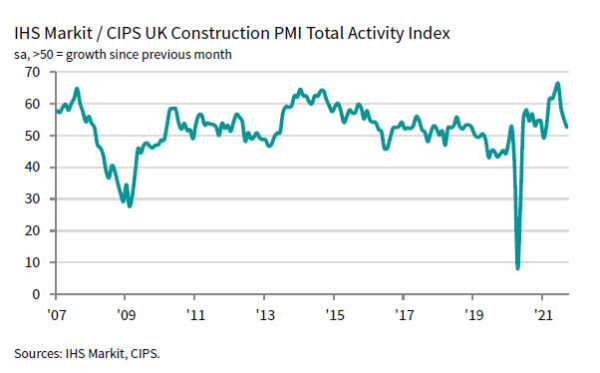
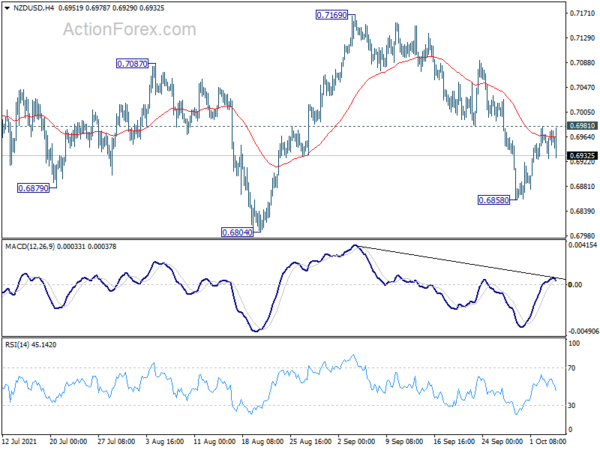
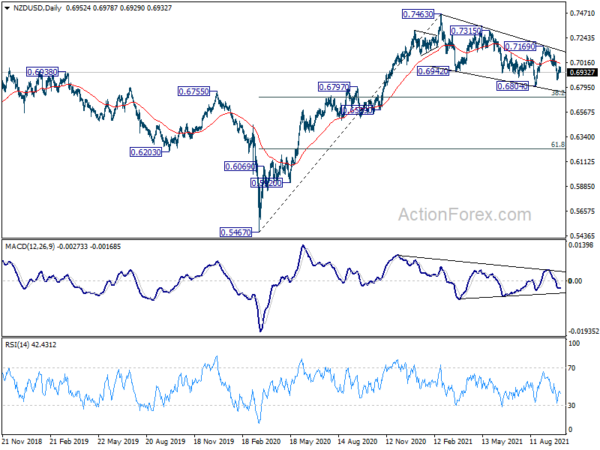
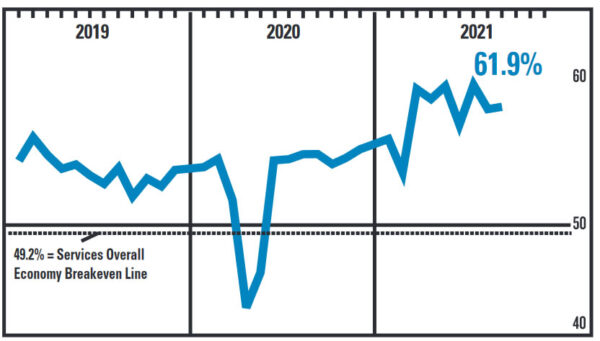
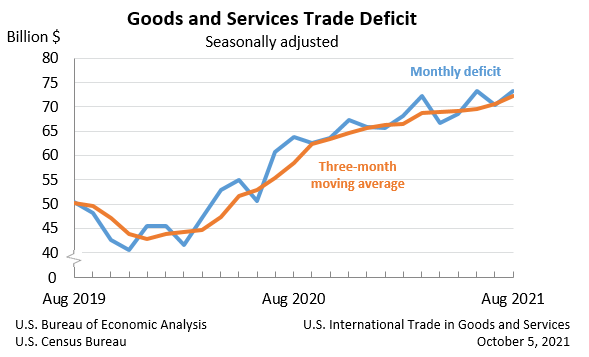
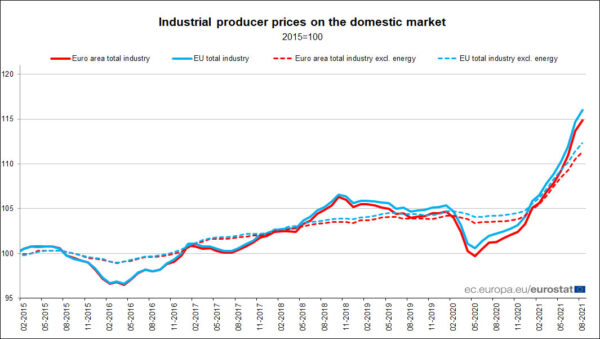
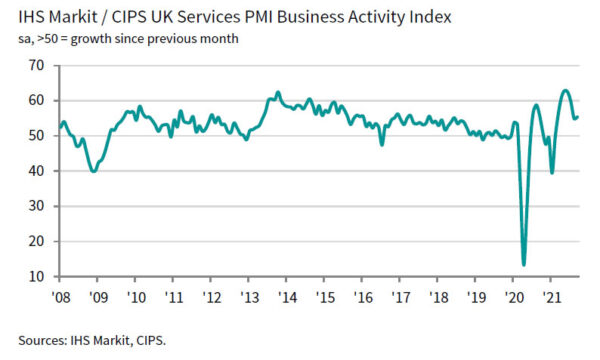
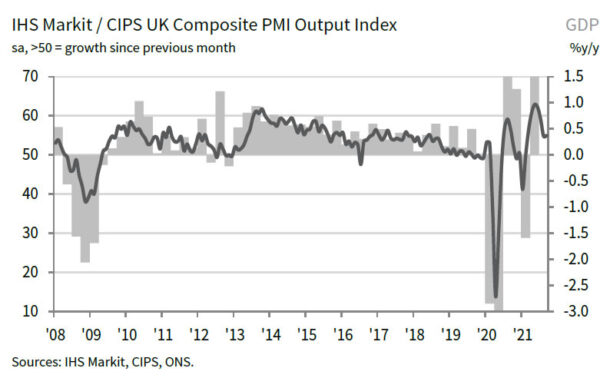
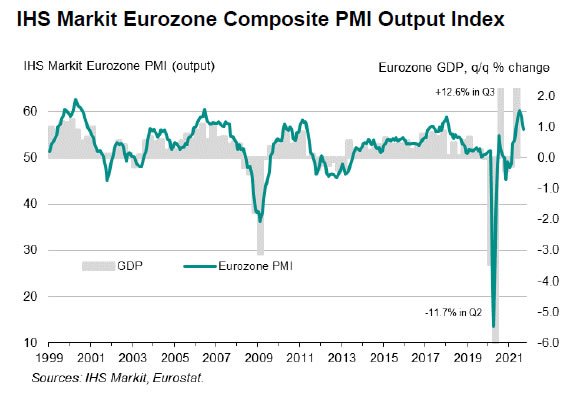
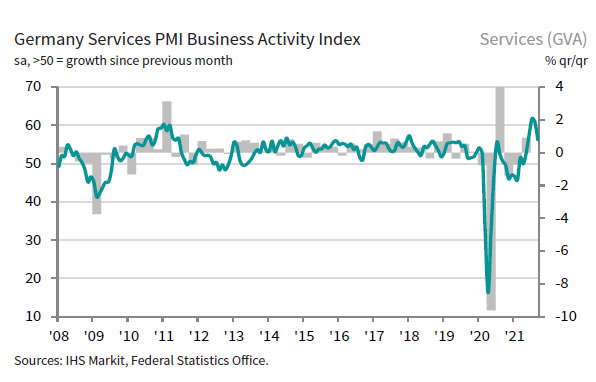
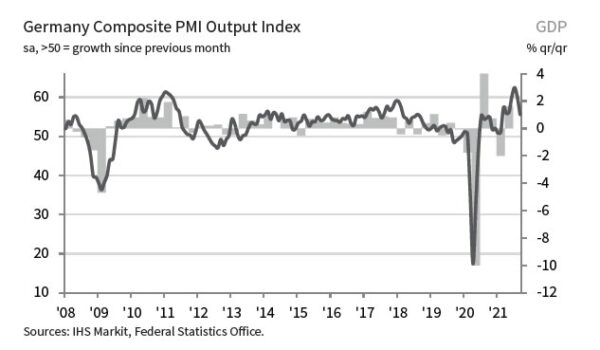
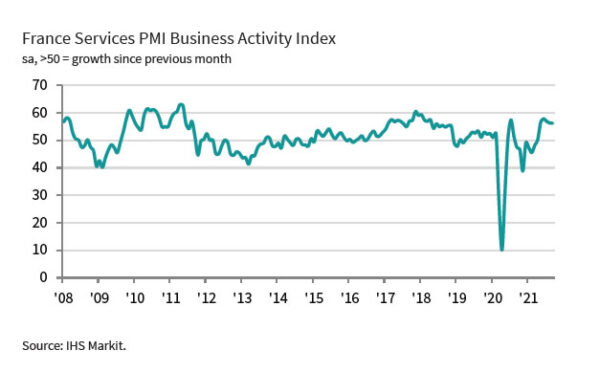
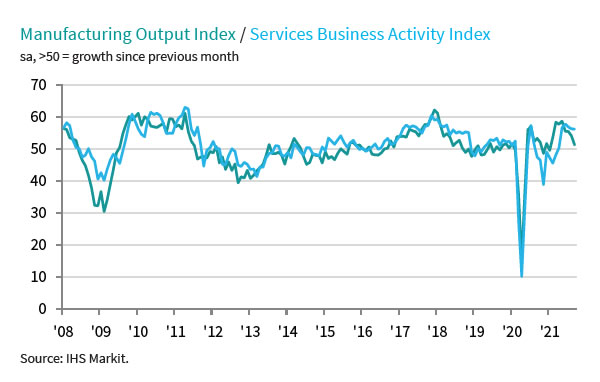
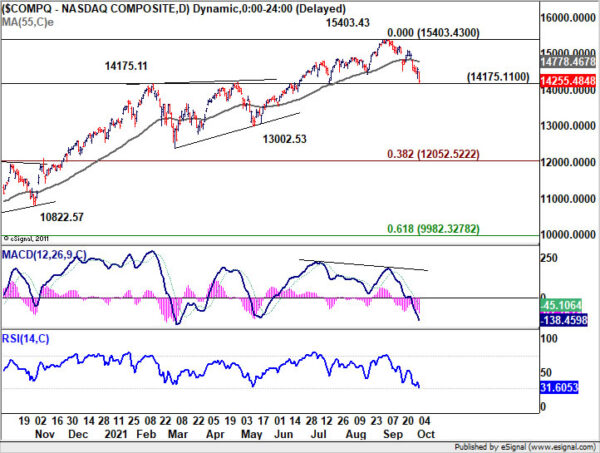
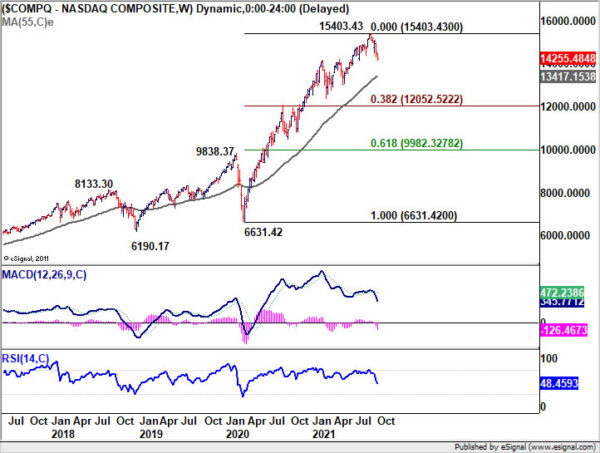
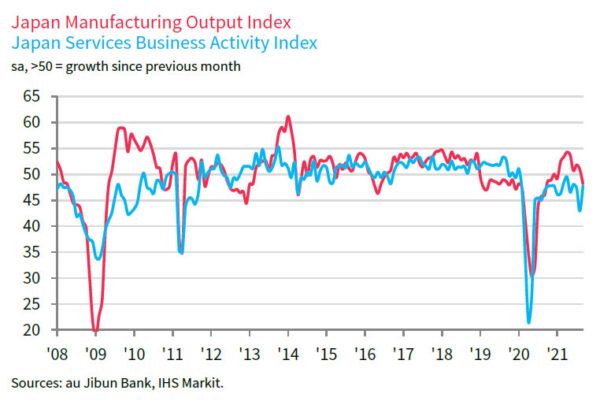
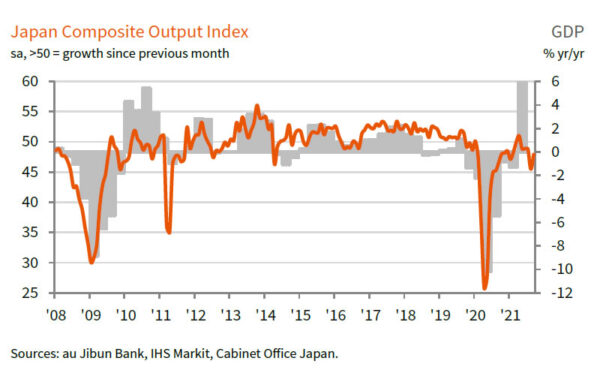
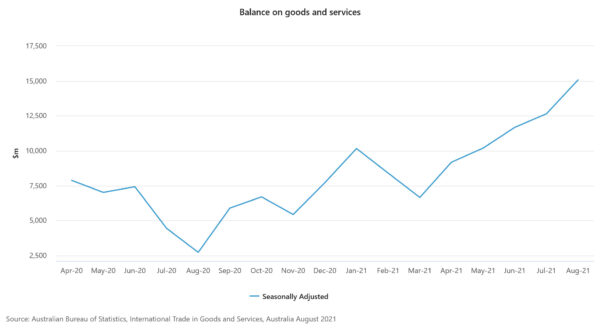
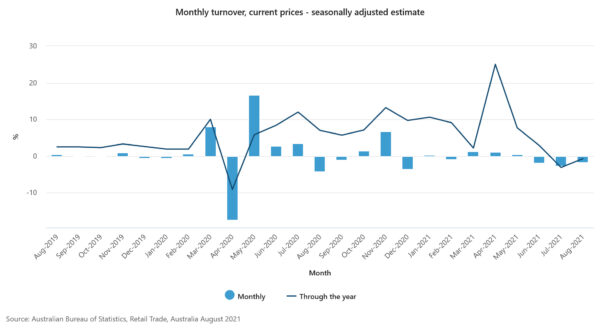
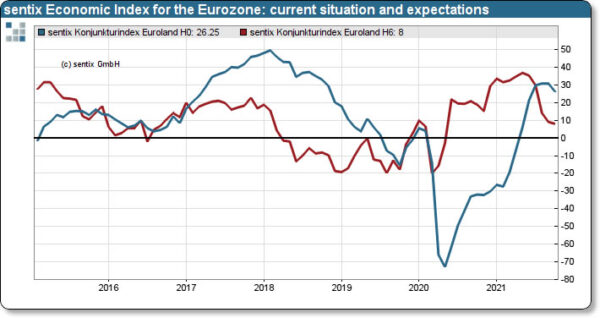
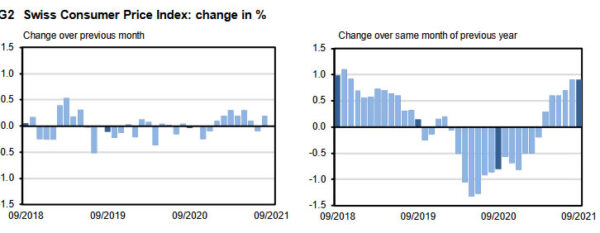
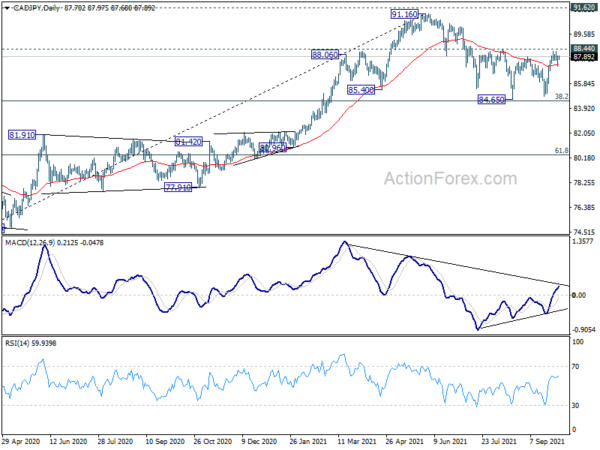

Eurozone retail sales rose 0.3% mom in Aug, EU up 0.3% mom
Eurozone retail sales rose 0.3% mom in August, well below expectation of 0.8% mom rise. Volume of retail trade increased by 1.8% for non-food products, while it fell by 0.1% for automotive fuels and by 1.7% for food, drinks and tobacco.
EU retail sales rose 0.3% mom. Among Member States for which data are available, the highest monthly increases in total retail trade were registered in Malta (+2.7%), Ireland (+2.5%) and Slovakia (+2.0%). The largest decreases were observed in Denmark (-1.4%), Estonia and France (both -1.2%).
Full release here.